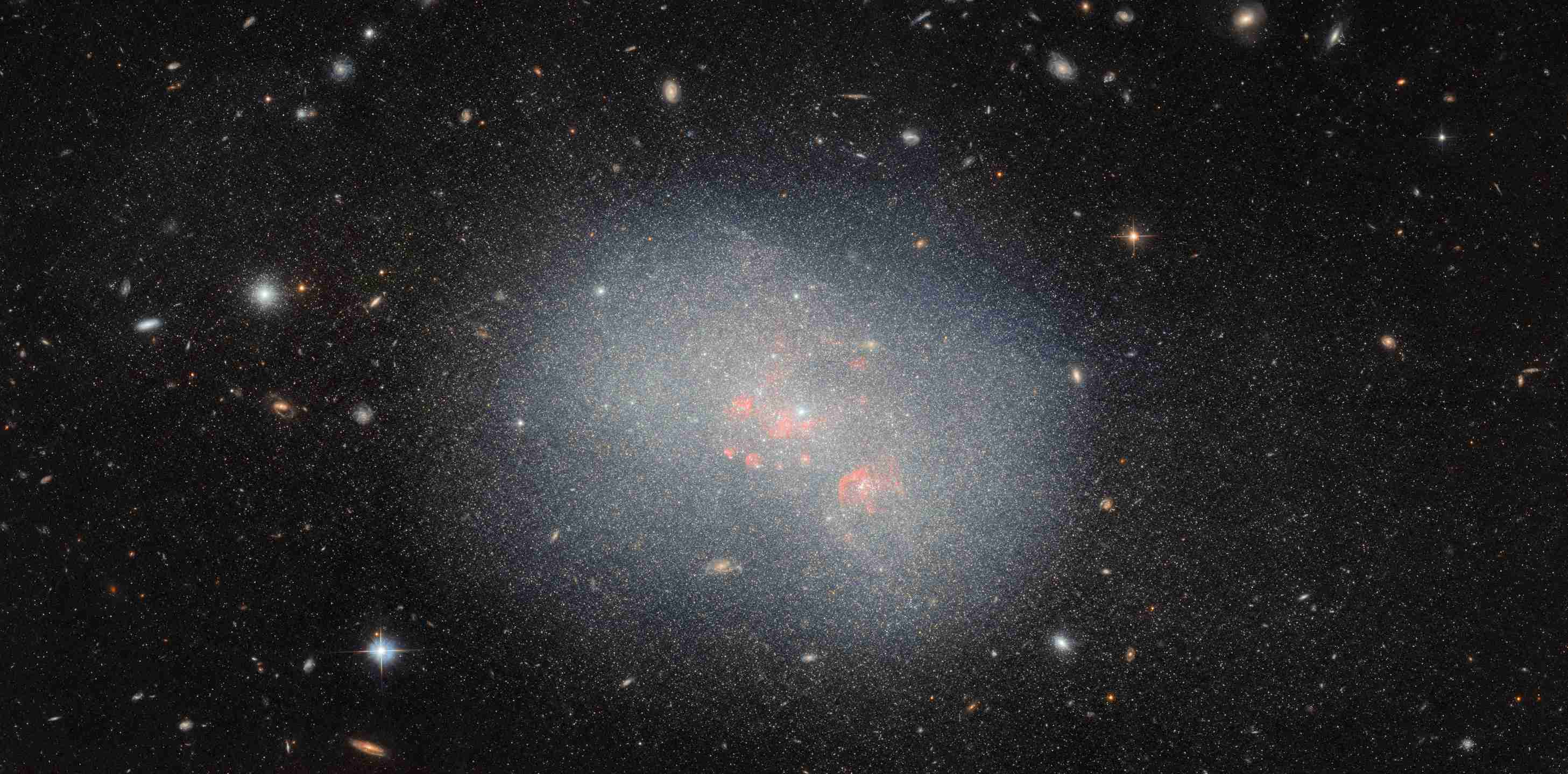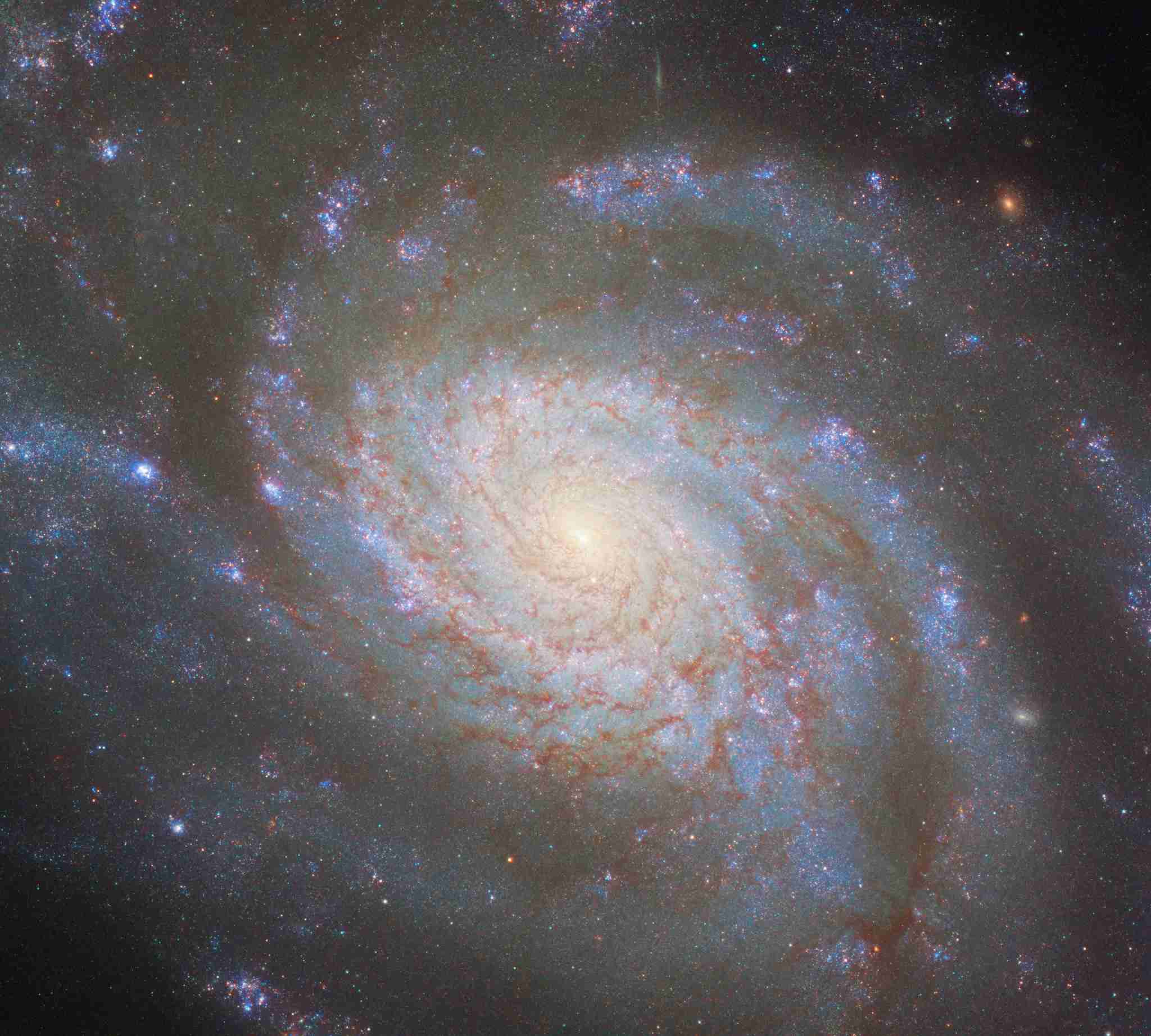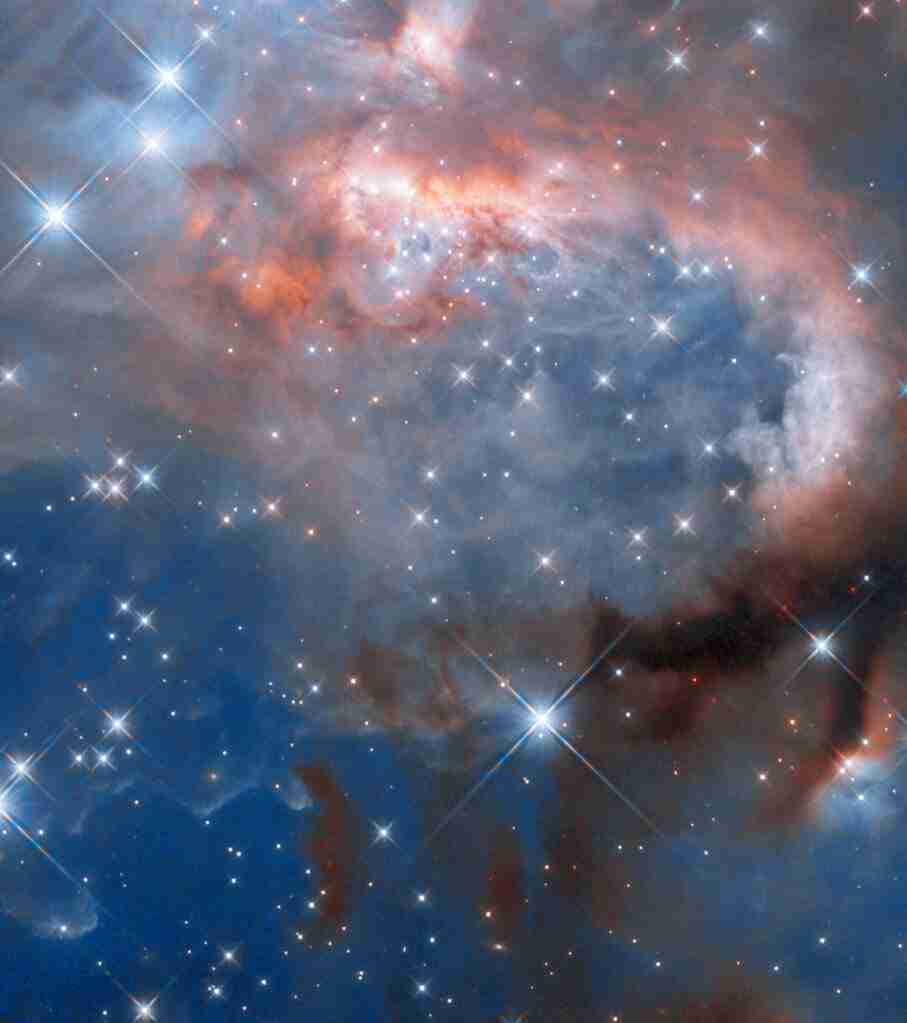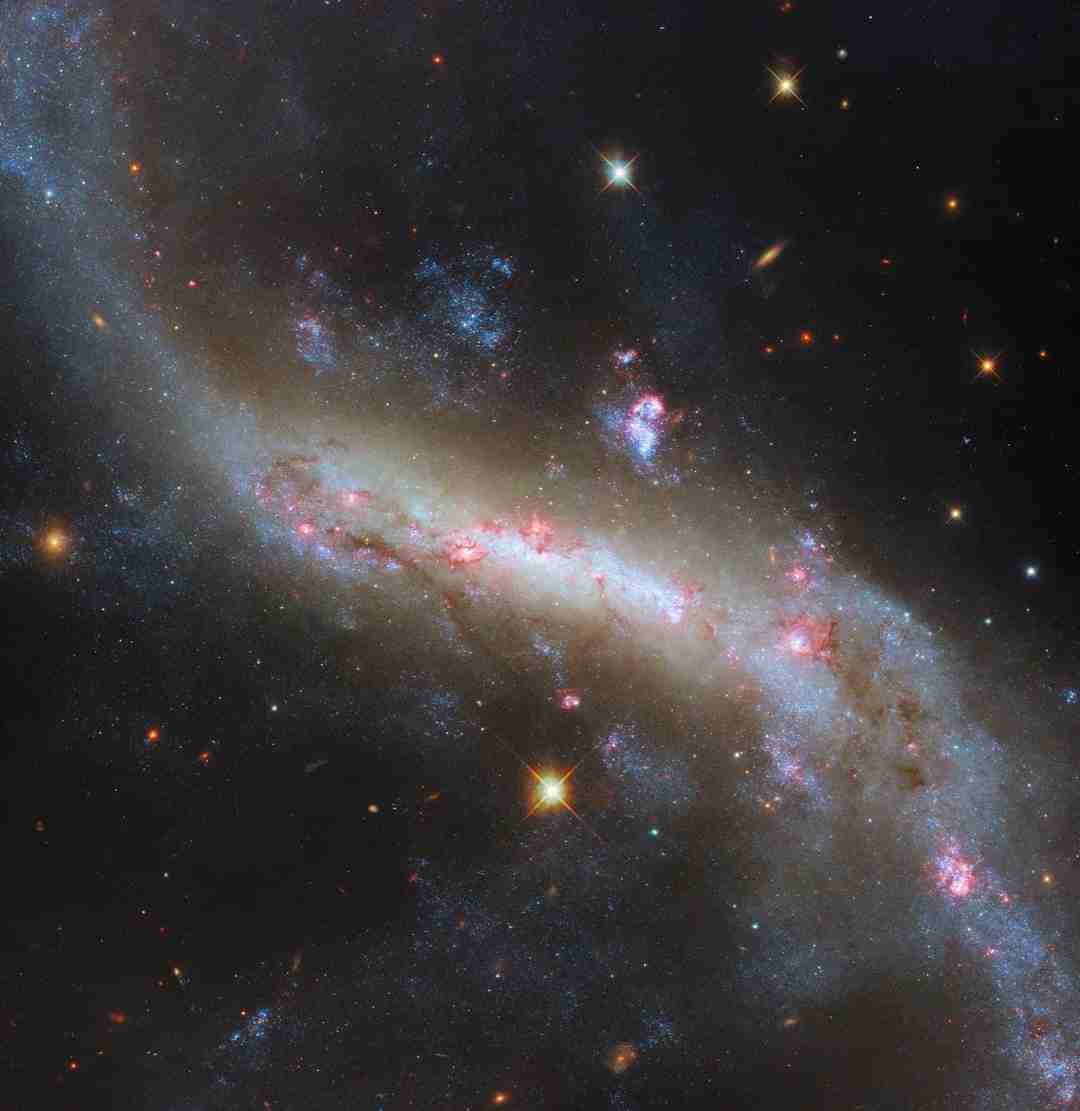Black Friday Deals: Save 20% on Microsoft Office, Windows Server, and More!
https://eliteenterprisesoftwar....e.com/news/black-fri
Don’t miss out on our #black #friday #sale! Enjoy 20% off on essential software like #microsoft #office, #windows #server, and other top picks. Upgrade your tools and save big while these exclusive deals last.
Hungry, hungry galaxies!
This #hubblefriday view of the galaxy NGC 5238 seems serene, but its cosmic history shows that it likely once devoured a smaller galaxy.
Astronomers can use Hubble's excellent resolution to study the galaxy's stars. One tell-tale sign of a previous galactic merger is the presence of groups of stars that contain different properties from most of NGC 5238's other stars.
Another sign would be a burst of star formation that happened at about the same time the two galaxies merged. The Hubble data used for this image will help scientists more accurately unpack NGC 5238's past.
Image credit: ESA/Hubble & NASA, F. Annibali
#nasa #hubble #friday #galaxy #space #science #astronomy #universe #cosmos

Hello out there?
Astrophysics deals with huge, vast distances. It's a crucial task to measure the distance to faraway objects like galaxies, but it's also a very difficult one.
Thankfully, Hubble can help by observing something called a "Type Ia" supernova, which is used like a distance marker. This type of supernova occurs when a white dwarf star explodes, and their peak brightness is very consistent.
Since astronomers know this brightness, they can use that to measure how far away something is by how dim a Type Ia supernova appears. But intergalactic dust can sometimes pose an issue when it interferes with brightness.
Scientists can use Hubble to take images of the same Type Ia supernovae in ultraviolet light, which the dust almost completely blocks out, and in infrared light, which passes through dust nearly unaffected. By noting how much light comes through at each wavelength, astronomers can determine how much dust lies between Hubble and the supernova, letting them confidently calibrate the relationship between a supernova’s brightness and its distance.
This #hubblefriday image is the result of one such supernova observation. The galaxy NGC 3810 is pictured here, about 50 million light-years away, with a supernova visible as a bright point of light just below the galaxy's core.
Image credit: ESA/Hubble & NASA, D. Sand, R. J. Foley
#nasa #hubble #friday #galaxy #space #stars #science #astronomy #universe #cosmos

Cloudy with a chance of new stars! 🌟
Named RCW 7, the nebula in this #hubblefriday view contains the gas and dust needed to form stars. Under the influence of gravity, parts of the nebula's clouds collapse until they coalesce into very young, developing stars – called protostars!
The protostars in RCW 7 are huge, giving off fierce stellar winds and radiation that are transforming the nebula into something called a H II region.
These regions are full of hydrogen ions. Ultraviolet radiation from the massive protostars excites the hydrogen in the nebula, causing it to emit light.
RCW 7 is located about 5,300 light-years away in the constellation Puppis.
Image credit: ESA/Hubble & NASA, J. Tan (Chalmers University & University of Virginia), R. Fedriani
#nasa #hubble #friday #nebula #stars #space #science #astronomy #universe

This galaxy really sets the bar high.
Called NGC 4731, this galaxy is home to a central "bar" structure, caused by the orbits of its stars and gas in the galaxy lining up to create a dense region.
About 60% of all galaxies are barred spiral galaxies, like the one in this #hubblefriday image. Spiral galaxies tend to form bars as they mature and grow older, which helps explain the large number of them we see in the universe today.
NGC 4731 is about 43 million light-years away in the constellation Virgo.
Image credit: ESA/Hubble & NASA, D. Thilker
#nasa #hubble #friday #galaxy #stars #space #science #astronomy #universe

 News Feed
News Feed  Albums
Albums  Popular Posts
Popular Posts  Memories
Memories  Pokes
Pokes  Blog
Blog  Market
Market  Directory
Directory  Events
Events  Games
Games  Jobs
Jobs  Offers
Offers  Find friends
Find friends  Common Things
Common Things  Fundings
Fundings